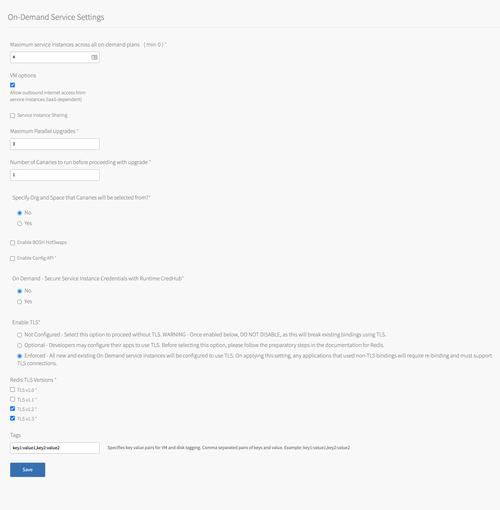
What Does “OPS” in Baseball Statistics Mean?
Baseball, as one of the most beloved sports in the world, has a language all its own. One term that often comes up in discussions about player performance is “OPS.” If you’re new to the game or simply curious about what this acronym stands for and how it’s used, you’ve come to the right place. Let’s delve into the details of what OPS means in baseball statistics.
Understanding the Basics of OPS
OPS stands for “On-Base Plus Slugging.” It’s a measure of a player’s offensive production and is calculated by adding a player’s on-base percentage (OBP) to their slugging percentage (SLG). The formula for OPS is as follows:
OPS = OBP + SLG
On-base percentage is a measure of how often a player reaches base, while slugging percentage measures the power a player has at the plate. By combining these two statistics, OPS gives a comprehensive look at a player’s offensive contributions.
Calculating On-Base Percentage (OBP)
On-base percentage is calculated by dividing the number of times a player reaches base (walks, hits, and hit-by-pitches) by the number of plate appearances. The formula for OBP is:
OBP = (Walks + Hits + HBP) / Plate Appearances

This statistic is important because it shows how often a player is on base, which can lead to more scoring opportunities for the team.
Calculating Slugging Percentage (SLG)
Slugging percentage measures a player’s power at the plate by dividing the total number of bases a player advances by the number of at-bats. The formula for SLG is:
SLG = (Total Bases) / At-Bats
Total bases include singles, doubles, triples, and home runs. A higher SLG indicates a player has more power and can drive in runs more effectively.
Interpreting OPS
Now that we understand how to calculate OBP and SLG, let’s look at how to interpret OPS. A higher OPS indicates a more productive offensive player. Generally, an OPS of .700 or higher is considered excellent, while an OPS below .600 is considered poor.
OPS can also be used to compare players across different eras and leagues. For example, a player with an OPS of .800 in the 1920s might not seem as impressive as a player with an OPS of .800 in today’s game, given the increased offensive production in recent years.
OPS vs. Other Statistics
While OPS is a valuable statistic, it’s important to consider other offensive metrics when evaluating a player’s performance. Some of these metrics include:
- ISO (Isolated Power): This metric measures a player’s raw power by subtracting their OBP from their SLG. A higher ISO indicates a player has more raw power.
- OPS+: This metric adjusts OPS for league and era, providing a more accurate comparison of players across different eras and leagues.
- wOBA (Weighted On-Base Average): This metric assigns a value to each type of hit, walk, and out, providing a more nuanced look at a player’s offensive contributions.
OPS in the Modern Game
In recent years, OPS has become an increasingly popular statistic among baseball analysts and fans. This is due in part to the increased emphasis on offense in today’s game, as well as the availability of advanced statistics that make it easier to calculate and compare OPS.
Some teams have even used OPS to guide their draft strategy, selecting players who have shown a high OPS at the minor league level.
Conclusion
Understanding what OPS means in baseball statistics can help you better evaluate a player’s offensive contributions. By combining on-base percentage and slugging percentage, OPS provides a comprehensive look at a player’s offensive production. Whether you’re a seasoned fan or new to the game, knowing how to interpret OPS can enhance your enjoyment and understanding of baseball.

